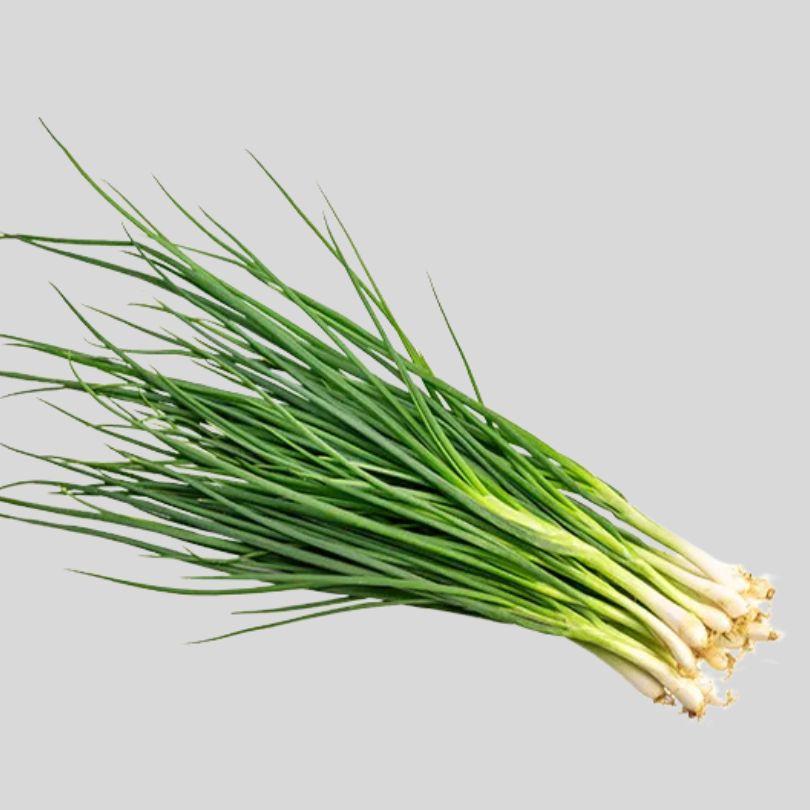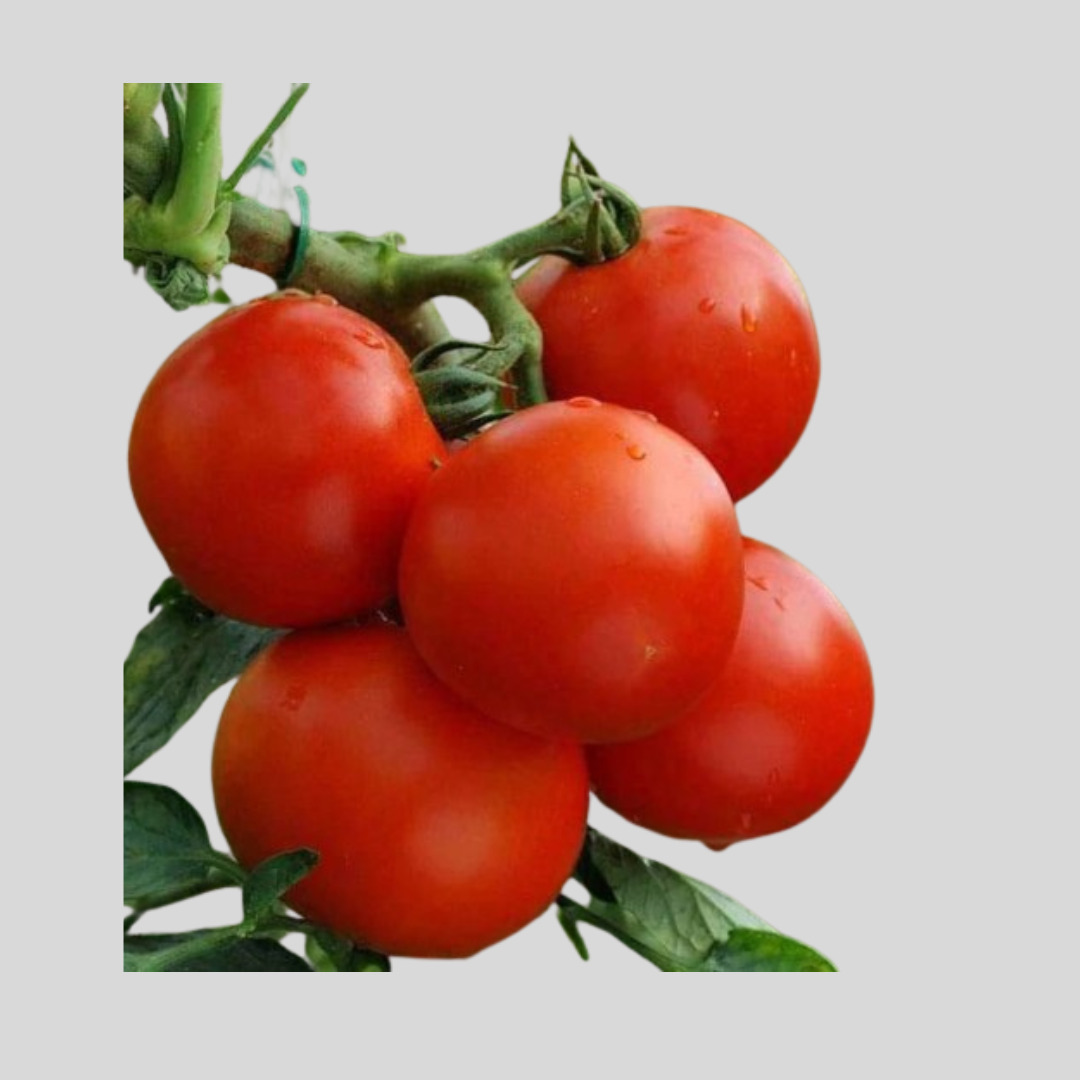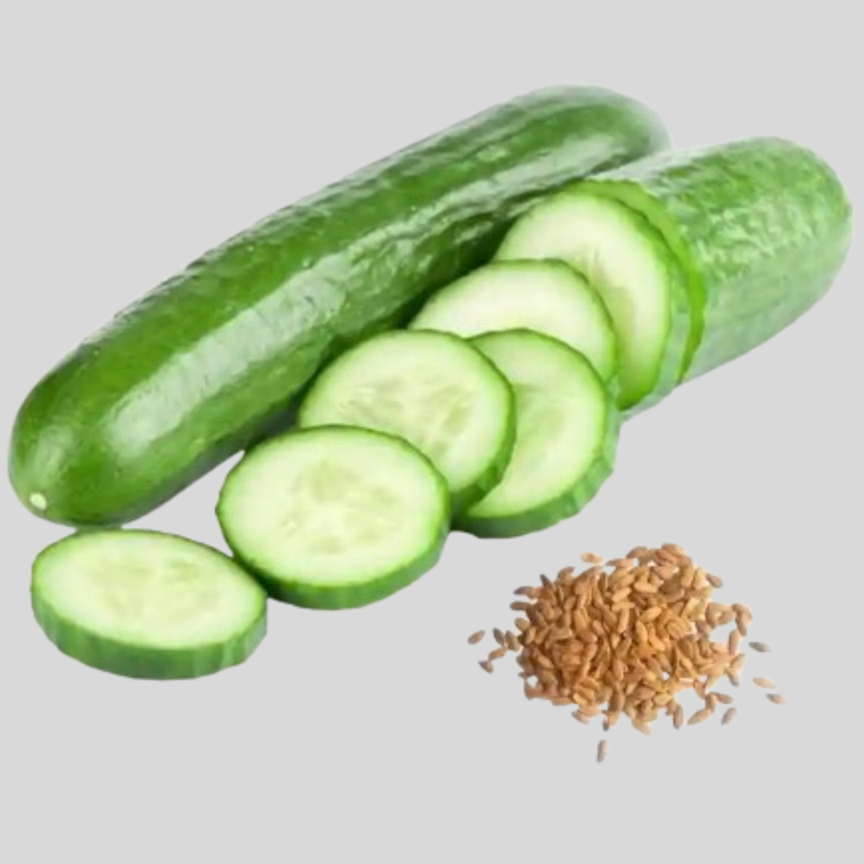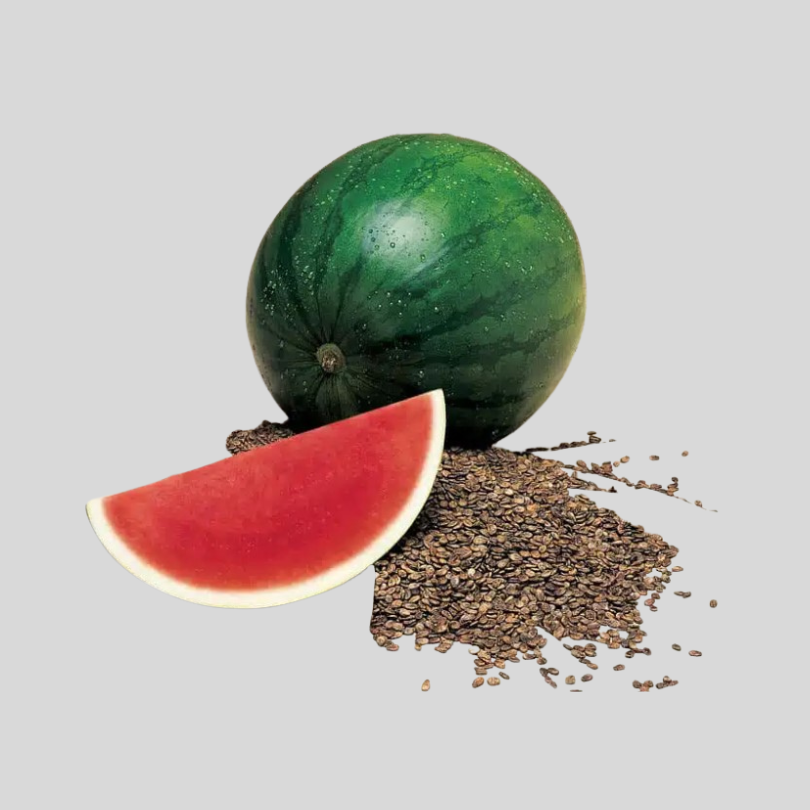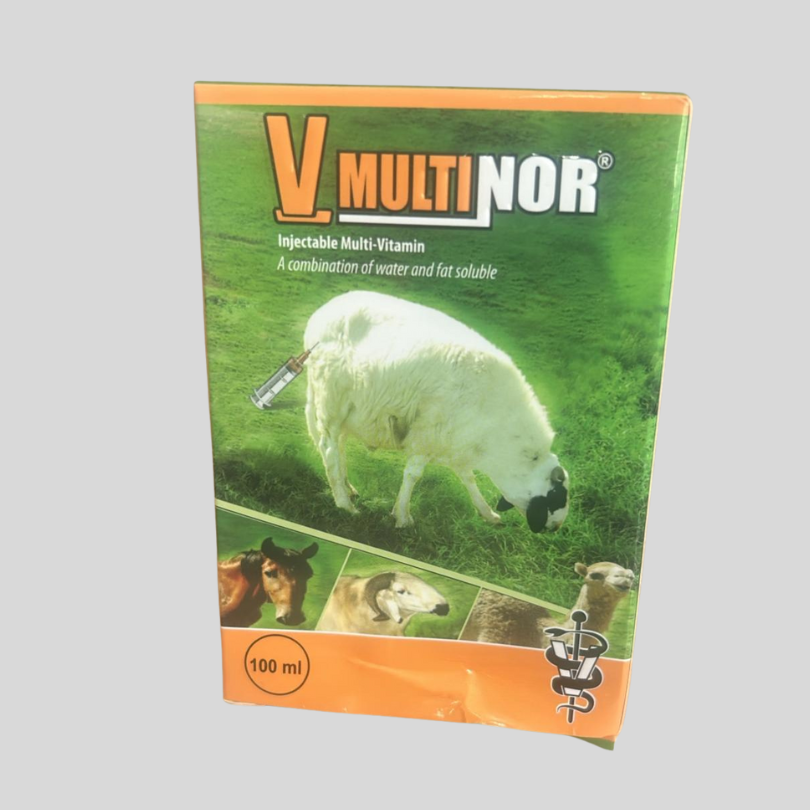Description
Spring onion is a popular vegetable crop grown around the world for its mild flavor, quick maturity, and versatility in culinary applications. It is a member of the Allium family, which includes onions, garlic, leeks, and chives. Unlike bulb onions, spring onions are typically harvested before a large bulb forms, and both the white base and green stalks are edible and flavorful.
Botanical and Agronomic Classification
Common Names: Spring onion, green onion, scallion, bunching onion
Botanical Name: Allium fistulosum (non-bulbing species) or Allium cepa (bulbing variety harvested early)
Growth Type: Herbaceous, cool-season biennial or perennial (grown as an annual in cultivation)
Edible Parts: White base (stem) and green hollow leaves
Agricultural Importance and Uses
Spring onions are widely grown for fresh market consumption, valued for their crisp texture, mild onion flavor, and bright appearance. They are often used raw in salads, garnishes, salsas, and stir-fries, but can also be cooked in a variety of dishes. The crop is appreciated in cuisines across Asia, Europe, Africa, and the Americas, making it a globally significant horticultural product.
Climatic and Soil Requirements
Climate: Spring onions grow best in cool to moderate climates, typically between 13–25°C (55–77°F). They can be grown year-round in mild climates or under protection in colder zones.
Soil: They thrive in well-drained, fertile soils rich in organic matter. The ideal pH range is between 6.0–7.0. Sandy loam soils are especially suited to spring onion production as they support easy root development and harvesting.
Cultivation Practices
Planting Methods: Grown either from seeds, sets (small bulbs), or transplants. Seeds are sown directly or started in nursery beds and later transplanted.
Spacing: Rows are typically spaced 15–30 cm apart, with 5–10 cm between plants depending on the variety and intended harvest size.
Watering: Requires consistent moisture, particularly during early growth. Overwatering and waterlogging should be avoided to prevent fungal diseases.
Fertilization: A balanced NPK fertilizer program supports steady leaf development. Nitrogen is particularly important to encourage vigorous leaf growth.
Growth Duration and Harvest
Spring onions are a fast-growing crop, often ready for harvest in 6–10 weeks after sowing, depending on the variety and growing conditions. Farmers usually harvest when the white shanks are 1–2 cm thick, and the leaves are green and upright.
Harvesting is typically done by hand-pulling, followed by trimming of roots and optionally removing outer leaf sheaths. The product is then washed, bundled, and packed for market distribution.
Common Pests and Diseases
Spring onions are susceptible to several insect pests and fungal diseases, including:
Good cultural practices, crop rotation, and the use of disease-free seeds help minimize risk. In some cases, approved fungicides and insecticides are used under integrated pest management (IPM) guidelines.
Post-Harvest Handling and Marketing
Spring onions are highly perishable, requiring careful post-harvest handling.
After harvesting, they are typically washed, graded by size and appearance, bunched, and cooled quickly.
Proper storage at 0–2°C (32–36°F) with high humidity can extend shelf life to about 1–2 weeks.
They are sold fresh in bundles to local markets, supermarkets, restaurants, and for export in some countries.
Economic and Nutritional Value
Spring onions are economically valuable as a short-cycle cash crop for smallholder and commercial farmers alike.
They have high market demand year-round, especially in urban areas and international markets.
Nutritionally, spring onions are a low-calorie, high-fiber food rich in vitamins A, C, and K, as well as antioxidants and beneficial phytochemicals.
Varieties and Breeding
Common spring onion varieties include:
White Lisbon – a fast-maturing, non-bulbing variety popular worldwide.
Ishikura – a Japanese long-white type with tender stalks.
Evergreen Hardy White – suitable for cool climates and overwintering.
Modern breeding efforts focus on disease resistance, uniformity, extended shelf life, and adaptation to diverse growing conditions.
